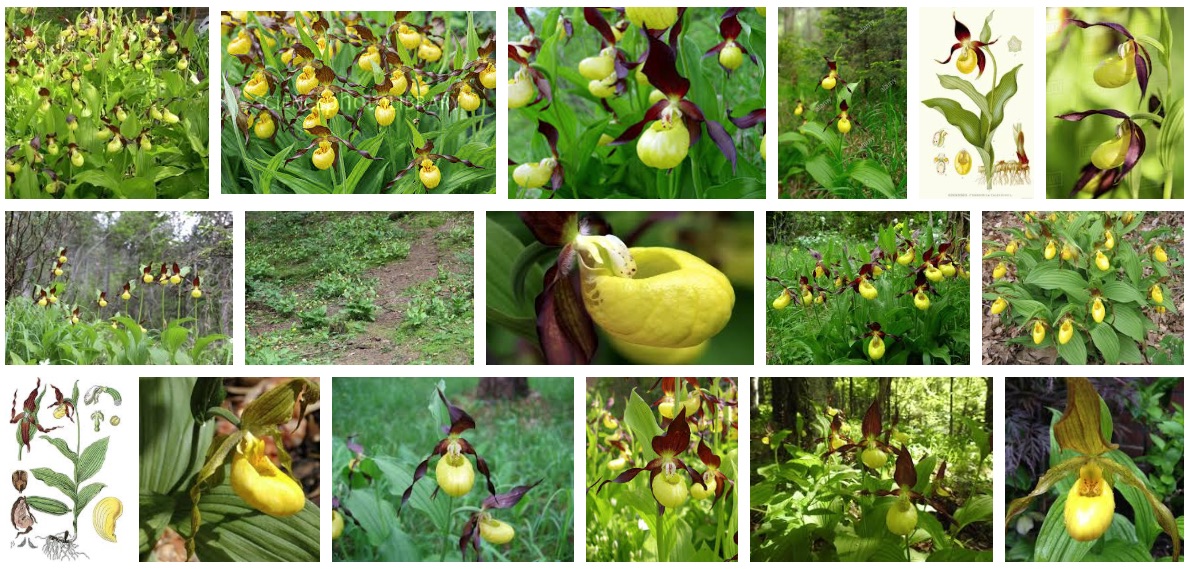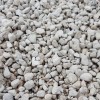Cart 0 Product Products (empty)
No products
Free shipping! Shipping
0,00 € Tax
0,00 € Total
Product successfully added to your shopping cart
Quantity
Total
There are 0 items in your cart. There is 1 item in your cart.
Total products
Total shipping Free shipping!
Tax 0,00 €
Total
Categories
FAQ
Avez vous besoin d'aide ? Consultez notre page dédiée aux FAQ.
Cypripedium calceolus is the most famous and spectacular terrestrial orchid in Europe
Published : 08/28/2018 10:57:58
Categories : General , Growing , Lady's Slipper

Cypripedium calceolus: The European Slipper Orchid
Cypripedium calceolus is the most famous and spectacular terrestrial orchid in Europe. This plant once grew widely across Europe but has become rare: it can still be found in certain mountainous regions, mainly in France, Germany, Austria, Switzerland, Italy... This Cypripedium is extinct or endangered in many countries (England, Belgium) as a result of over-picking or uprooting.
It grows in temperate climates: cold winters and mild summers. The slipper orchid is very hardy andit is not the least affected by cold winter temperatures.
Cypripedium can now be grown as an ornamental plant thanks to the use of in vitro cultivation. Cypripedium calceolus is one of the cultivated plants offered by Phytesia.
Botanical notes
Latin name : Cypripedium calceolus
Family : Orchid, Orchidaceae
Origin : Europe, Asia
Flowering period : May to June
Flower colour : brown with a striped yellow labellum
Plant type : flower
Vegetation type : perennial
Foliage type : deciduous
Height : 20 to 70 cm
Planting and growing
Hardiness : very hardy, down to -30° C
Exposure : partial shade to light shade
Soil type : rich in humus
Soil acidity : neutral tending towards chalky
Soil moisture : cool but draining
Use : shaded garden, cooler rock-garden, undergrowth
Planting, potting : spring, autumn
Propagation method : breaking up the tufts when the rhizome is sufficiently developed, propagating seedlings by in vitro cultivation
Diseases and pests: slugs

Slipper Orchid description
Cypripedium calceolus has a thick subterranean rhizome that grows to a great length over the years, dividing as the number of shoots increases. Its roots push deeply into the ground. The stems emerge during April to May, and in a few weeks grow to a height of between 20 and 70 cm. Each stem has 3 to 5 oval to blade-shaped leaves which are 12 to 18 cm long, with well-defined parallel veins.
Cypripedium calceolus flowers develop at the top of the stems, alone or in pairs, or more rarely in threes. These large flowers have an imposing slipper-shaped lip which is usually bright yellow, while the petals and sepals are reddish brown or occasionally green. The dorsal sepal is 4 to 5 cm long and erect, the 4 to 6 cm long lateral petals are more tapered and often twisted. This remarkable flower traps a small bee in its labellum, forcing it to cross-pollinate as it moves from trap to trap.
How is the Slipper Orchid grown?
First of all, before purchasing your Cypripedium you must ensure that the plant has been cultivated and not uprooted from the wild. Firstly, the plant is strictly protected, and secondly, a plant that has been uprooted from its environment has no chance of acclimatising when cultivated.
A wild plant can generally be identified by a long, thick rhizome which is cut at the ends, as well as severed or dead roots. Rhizomes from in vitro cultivation will be young, short, complete and still relatively thin, with roots in good condition.
Cyripedium calceolus requires well-drained soil that has a simple aerated composition, and which does not dry out in summer. It can tolerate half-shade exposures, preferably with morning sun, or complete shade that is not too dark, for example under the cover of deciduous trees. It can not handle the hot midday sun.
The slipper orchid is very hardy, and protected underneath the earth, is not the least affected by cold winter temperatures.
It is best to plant in the garden (or in a big pot) in autumn. The rhizome which is visible above ground normally exposes its beautiful roots and one or more buds. During planting the rhizome should be surrounded by very porous gravel (Pumice) that will protect it from rot, then surrounded by a mixture of potting soil and a large volume of these volcanic stones. You can also discover our ready-to-use Phytesia 'Cypripedium' substrate.
Related products
Planting garden orchids: when and how?
Read more
Published : 09/07/2018 09:59:43




